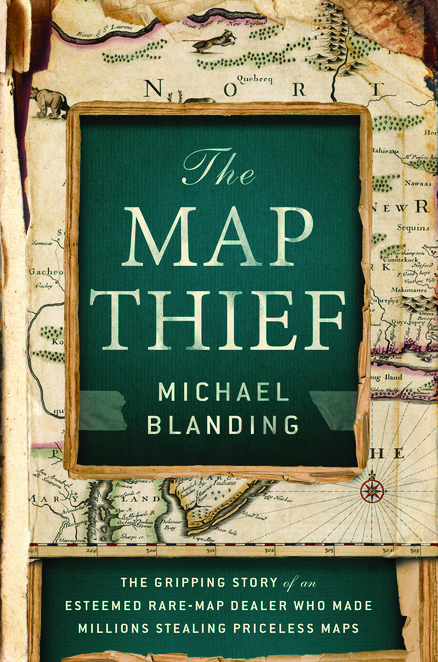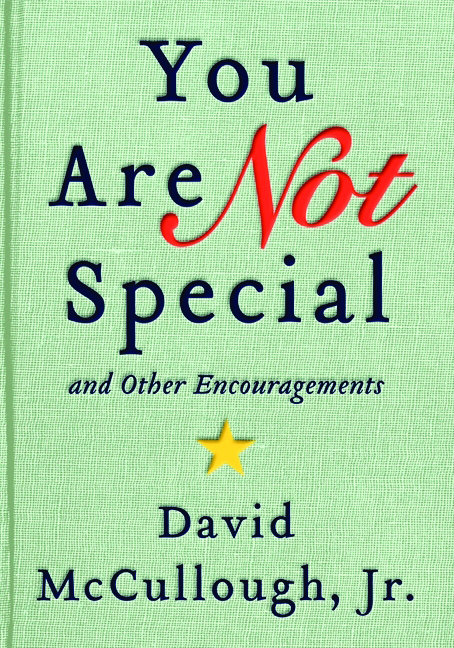 The Map Thief
The Map Thief
By Michael Blanding
On a June afternoon in 2005, near Yale University’s Beinecke Library, a police detective stopped a well-dressed man striding quickly across campus. In the officer’s hand was an X-Acto blade recovered from the floor of the library’s reading room. “Is this yours, by chance?” the officer asked.
The man, a rare map expert and dealer, was a regular at the library and considered above suspicion. Until the day, that is, when his sloppy mistake unmasked a cunning thief and sent shockwaves through the many communities that counted E. Forbes Smiley as one of their own (not least: Chilmark, where he has lived for the last decade). The crimes – he eventually confessed to stealing ninety-seven maps valued at more than $3 million dollars from libraries around the globe – may have been of a genteel sort. But the losses, not only for the institutions he looted but for history as a whole, were incalculable. Many of the maps represented cartographers’ earliest efforts to define the New World; some were among the only ones in existence. And then there was the razor, and the desecration of priceless tomes. In 2006 he was sentenced to forty-two months in prison.
When journalist Michael Blanding first decided to write The Map Thief (Gotham Books, $27.50), almost a decade had passed since the arrest. Smiley had never spoken to a journalist, but he agreed to meet with Blanding. At a picnic table not far from the Vineyard Haven ferry terminal, the two men talked for four hours. Smiley refused to meet again. It was a disappointment to Blanding, and will be to the reader as well. For though the story of Smiley’s rise and fall is compelling, his psyche remains a vague sketch in the book. There is an effort to gin up some drama with a subplot about Smiley’s real estate troubles, and Blanding squeezes every ounce of insight he can from the man’s friends and former colleagues. But in the end, Smiley emerges as more banal than bewitching: a poseur who wanted more than he could afford, and turned to stealing so he could get it.
Still, Blanding’s passion for his subject keeps things moving and there are some engaging side roads here, through the history of cartography and the competitive world of antiquarian map dealers. And then, perhaps, the last word belongs to the man himself. “What I understand,” Smiley told Blanding during their one meeting, “is that people are interested in the human story. When someone crashes and burns as I did, you learn certain things, and that may be interesting to some people.”
 You Are Not Special and Other Encouragements
You Are Not Special and Other Encouragements
By David McCullough Jr.
Chapter four of David McCullough’s sobering and insightful You Are Not Special and Other Encouragements (Ecco, $21.99) is called “Look at Your Fish.” It’s what famed scientist Louis Agassiz used to instruct his beginning students at Harvard as they confronted their gilled lab specimens. There were no other directions, just “look at your fish.”
“Eventually,” writes McCullough of the prototypical lad, “discoveries would happen. Mute details would yield bright little revelations….Suddenly he could see.”
McCullough, a high school teacher for nearly thirty years and a father of four teenagers, has looked at his fish for a long time. In 2012, he distilled some of his discoveries about young people and shared them in a commencement speech at Wellesley High School. The speech quickly went viral as McCullough found an audience of anxious parents and overburdened teenagers grateful for his message to slow down, step back, and breathe. Expanding on these original themes, McCullough (son of West Tisbury’s own wise man David McCullough Sr.) offers in his book a stark portrait of a particular sort of American teenager, zombified by SATs, smartphones, sports, service trips. And though his advice is nominally aimed at these frazzled kids, it’s really an AP course in first-world parenting written by a man who considers himself both teacher and classmate. The book may feel windy at times, and even a bit cloying. But at the heart lie urgent truths, generously told, and that’s what makes it – dare I say – special, indeed.
And keep in mind: Richard North Patterson’s Eden In Winter; Kevin Parham’s The Vineyard We Knew; Joan Bowman’s Some Kind of Lucky, with photos by Allison Shaw; and Martha’s Vineyard, museum curator Bonnie Stacy’s book of images from the collection.




